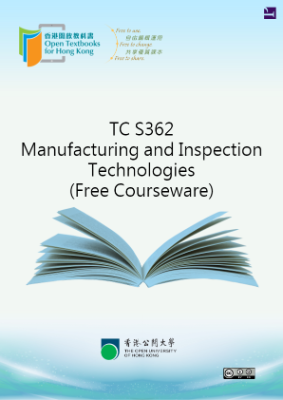Cell Biology, Genetics, and Biochemistry for Pre-Clinical Students is intended to address both necessary content and align with the preclerkship curricular needs. The utility of a flexible text can positively impact the learning environment and increase student engagement and performance. This text is made to be adaptable by using pieces and parts to suit students and inspire the addition of elements to this living resource. Features of this resource include:
Detailed learning objectives are provided at the beginning of each subsection:
- High resolution, color contrasting figures illustrate concepts, relationships, and processes throughout
- Summary tables display detailed information
- Selected chapters provide additional sources of information
- Accessibility features including structured heads and alternative-text provide access for readers accessing thework via a screen-reader
This resource was designed to fill a gap in undergraduate medical education (UME) and support preclerkship education in the content area of basic science for medical education. Its content is aligned to USMLE(R) (United States Medical Licensing Examination) providing coverage of topics including: cell biology, genetics and biochemistry. Unlike traditional textbooks, the organization of this resource is driven by curricular structure, rather than subject area. As the format and design of UME differs across many programs, this resource is purposefully brief and flexible, allowing for rapid adaptation across programs. The resource is organized into small chapters that can be used to support student preparation in any arrangement. The sections are not intended to be all-inclusive, but rather primers for applied content delivery. Similarly, clinical context is only briefly discussed allowing the user to apply the basic content (delivered here) in the clinical context used by their specific curricular structure. In our curriculum, these topic areas are interwoven into problem-based learning cases. The cases and clinical correlates change regularly and having the flexibility of these short resources that can be applied to many scenarios across the first and second years of our curriculum is beneficial.
Over the past twenty years, medical education has undergone a rapid curricular restructuring. This is in part due to recommendations of the Flexner report,1 coupled with the changes observed in millennial2 and iGen learners. To accommodate the integration of additional core competencies, the majority of medical programs have moved away from discipline-based delivery and currently use some form of integrated curricular format.3 This allows material to be presented in a more clinically realistic and pertinent format without the constraints of artificial discipline silos. This movement has had positive impacts on programmatic outcomes and student performance, but it has presented some challenges for curricular design, student engagement and educational resources.
The creation of this resource was intended to address three predominant challenges in medical education: need, student engagement and cost of textbooks. Although contemporary medical curricula have moved to a cohesive, integrated format, the required textbooks for undergraduate medical education remain traditional and discipline-based. In the absence of an integrated resource, students are requested to purchase and juggle preparation materials between many different discipline-based textbooks. Traditional textbooks are often designed to support subject-based courses, rather than a clinically centered education. (Medical schools are educating future physicians, not future biochemists, physiologists, etc.) A high volume of content, some of it lacking alignment with class sessions coupled with restrictions on student contact time imposed by accrediting bodies, means that faculty across the country are having to rethink preparation materials to facilitate efficient, focused learning experiences.
This resource is intended to provide learners with a high-level view of relevant topical areas that will be further elaborated on within the classroom setting. Unlike other traditional textbooks, it is not intended to include all content a learner would need about the relevant subject area but to function as a stepping stone towards mastery of the content.











